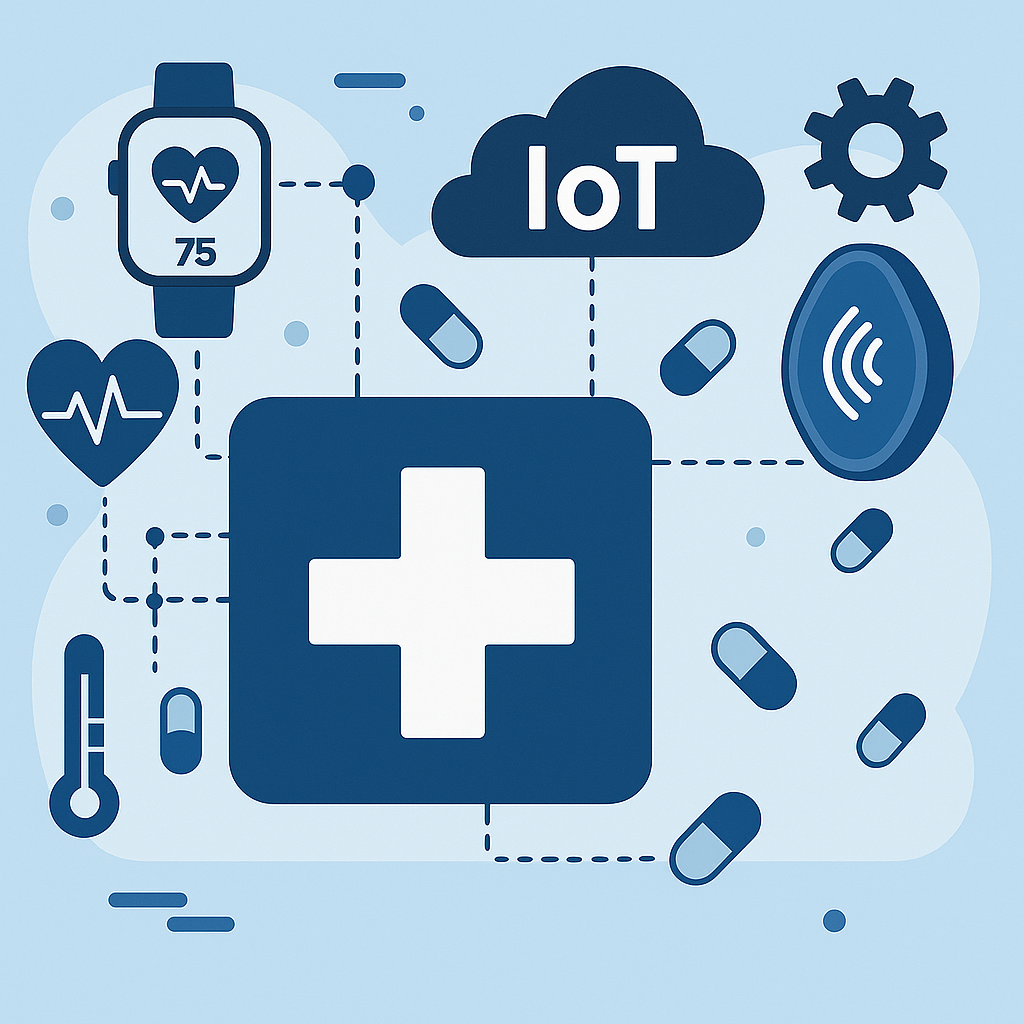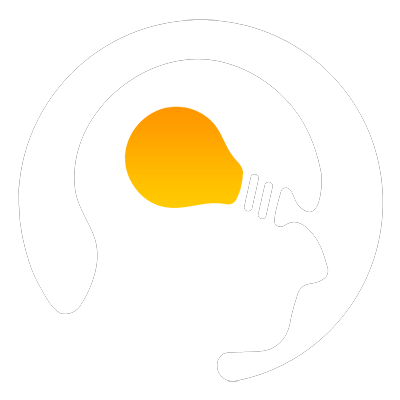Smart Healthcare
Changing Hospital Operations with KIOT’s IoT Beacon Technology
In today’s competitive healthcare environment, operational efficiency is just as critical as clinical excellence. Hospitals face daily challenges with asset misplacement, patient flow delays, and staff coordination. KIOT’s IoT-enabled Beacon solutions address these issues head-on—using Bluetooth Low Energy (BLE) technology to monitor assets, patients, and workflows in real time.
Transform hospital operations with IoT-powered systems that enhance efficiency, improve patient safety, reduce operational costs, and optimize staff and resource utilization across both multi-specialty and private hospitals.
📈 Measurable ROI
🛡️ Enhanced Patient Safety
📊 Real-time Analytics

Why Hospitals use Beacons?
21 Minutes Lost per Shift
Nurses spend an average of 21 minutes per shift just searching for essential medical equipment like IV pumps, wheelchairs, and monitors. This time loss not only delays patient care but also increases staff fatigue and reduces operational efficiency.
10–20% Asset Loss Annually
Hospitals typically lose 10–20% of mobile assets every year due to misplacement or theft—each item costing an average of $3,000. Real-time beacon tracking drastically reduces these incidents, cutting unnecessary repurchasing and rentals.
Up to 15% Operational Cost Savings Per Year
Hospitals that implement beacon-based tracking and automation have reported annual savings of up to 15% in operational costs—driven by faster bed turnovers, improved equipment utilization, reduced manual workflows, and minimized delays in patient movement.
What can Healthcare Beacons do?
Precise Real-Time Location Tracking
Track the exact location of critical medical equipment, staff, and patients at any moment—down to specific rooms or zones—helping reduce search times, avoid delays, and eliminate bottlenecks.
Workflow Automation and Smart Alerts
Trigger automatic actions and notifications based on movement. For example, alert housekeeping when a bed is vacated or notify staff when equipment enters or leaves high-priority zones—without manual input.
Patient Safety & Elopement Prevention
Push instant alerts if high-risk patients leave designated zones. Monitor rounding compliance and ensure timely interventions with geofenced areas and smart wristband-based tracking.
Live Analytics on Hospital Efficiency
Access real-time dashboards that visualize asset utilization, patient flow, equipment downtime, and staff response times—empowering data-driven decisions to continuously improve performance.
Project Scope
16 Hospital Departments
Our solution supports real-time visibility and automation across clinical and operational units including Inpatient Wards (IPD), Operating Theatres (OT), Outpatient Clinics, Emergency Departments (ED), and more.
7 Categories of Trackable Assets
From life-saving equipment to mobile tools, all critical devices can be tracked in real-time: Ventilators & Respiratory Devices, IV Pumps & Infusion Systems, Surgical Instruments, Wheelchairs & Mobility Aids, Emergency & Crash Cart Equipment, Monitoring Devices, and Diagnostic & Testing Tools
6 Key Patient Movement Zones
Monitor and optimise patient flow in high-impact hospital areas: Emergency Triage & Bed Assignment, Inpatient Admission & Discharge, Pre-Op Holding & Post-Op Recovery, Outpatient Clinic Journey, Radiology Queue Management, and High-Risk Zone Monitoring (e.g., dementia units)
Service Modules
Prevent losses, improve utilization
Track high-value medical equipment—such as ventilators, infusion pumps, and diagnostic tools—in real-time. Know where every asset is, how often it’s used, and eliminate costly losses, rentals, or over-purchasing. Boost uptime and ensure critical devices are always available where needed.
Reduce wait times, enhance safety
Monitor and streamline every stage of the patient journey—from ED triage and IPD transfers to surgical handoffs and discharge. Automate alerts for delays, minimize wait times, and reduce the risk of patient elopement in high-risk wards with BLE wristband tracking.
Eliminate idle time, improve coordination
Ensure nursing and transport teams are optimally deployed by tracking movement patterns and response times. Identify inefficiencies, reduce bottlenecks, and free up clinical staff from manual coordination duties with automated workflow triggers.
Centralized control & real-time analytics
Access a unified, role-based dashboard that delivers live insights on asset availability, patient location, and staff activity. Visualize KPIs like turnaround time, equipment utilization, and compliance—enabling data-driven operational decisions at every level.
End-to-end deployment & integration
From site planning to installation, KIOT handles the full infrastructure setup. This includes BLE beacon placement, zone mapping, mobile app integration, and real-time system calibration—customized for your hospital’s architecture and workflows.
HIPAA-ready, secure & anonymized
Our platform ensures all patient and staff data is anonymized, encrypted, and fully compliant with HIPAA, GDPR, and local data protection standards. Role-based access and privacy-safe aggregation ensure secure deployment across your institution.
Case Studies & Impact
These metrics are based on results achieved by hospitals that have implemented beacon tracking technology and are not limited to or specific to KIOT’s services.
Left Without Treatment rate: 20-30% Decrease
Contact tracing time: 75-80% Reduction
Cross-infection risk: 20-25% Reduction
Fall incident: 25-35% Decrease
Patient elopement prevention: 60-70% Decrease
(Diagnostic & Testing Equipment)
Daily case delays: 50-60% Decrease
OR idle time: 20-30% Decrease
No-show rate: 15-20% Improvement
Pharmacy walkout: 25-35% Improvement
Equipment utilization: 15-20% Improvement
Patient complaint: 35-45% Decrease
•Pre-operative idle time monitoring in holding areas
• Anesthesia readiness confirmation through provider proximity detection
• Post-operative recovery transitions from OR to PACU optimization
Implementation Roadmap
1. Pilot in High-Impact Departments
We begin by deploying beacons in core departments such as Inpatient Wards (IPD), Operating Rooms (OR), and the Emergency Department (ED)—where inefficiencies cost the most. These areas typically show rapid gains in bed turnover, surgical readiness, and triage response times.
2. Expand to Asset-Heavy & Support Departments
Once pilot results are validated, we expand tracking to departments with high-value equipment and interdepartmental workflows—like Radiology, Biomedical Engineering, Patient Transport, and Outpatient Clinics. This phase eliminates asset losses and reduces idle time across teams.
3. Full Hospital-Wide Integration
With the infrastructure in place, beacons are rolled out to all relevant zones and personnel. This includes patient wristbands, staff badges, and medical assets across every floor—resulting in a fully connected, smart hospital environment.
4. Dashboard Analytics & Continuous Optimization
Our central operations dashboard delivers live KPIs on movement, usage, and workflow efficiency. Hospitals use this intelligence to monitor compliance, identify bottlenecks, and continuously improve care delivery and operational performance.
High-Impact Results
These metrics are based on results achieved by hospitals that have implemented beacon tracking technology and are not limited to or specific to KIOT’s services.

What This Means for Your Hospital
Hospitals that implement beacon-based tracking and automation report immediate operational impact—recovering lost time, reducing equipment rental costs, and optimizing department workflows. With a payback period of just over one month, the investment rapidly turns into a high-yield asset.
Underutilization of medical equipment alone results in up to $12,000 in waste per hospital bed annually. By gaining complete visibility into asset usage and patient movement, your hospital can unlock hidden value across every department—without adding more infrastructure or staff.
In short: our system pays for itself in weeks, then saves millions over the years.
